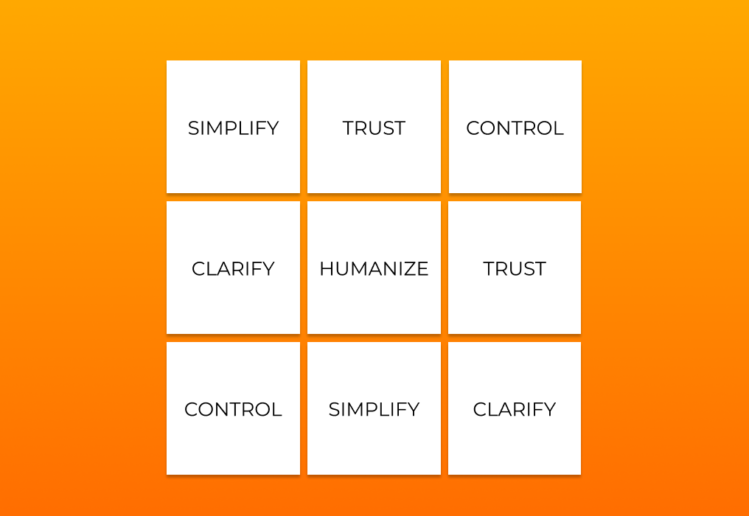“I wonder, he wondered, if any human has ever felt this way before about an android.”
– Philip K. Dick, Do Androids Dream of Electric Sheep?
If we are living through the era of the next industrial revolution—as many claim—Artificial Intelligence (AI) is surely its main driving engine. It is difficult to think of an industry that AI is not currently transforming. AI is on a clear path to make a huge difference in healthcare, education, transportation, retail, communications and more. Every human activity can greatly benefit from the implementation of intelligent systems and algorithms.
At Informatica we’re building CLAIRE, our AI-enabled engine, to help our customers by providing the relevant and accurate data that fuels this transformation.
AI is complex, highly technical, and often perceived as a mysterious black box, that operates by itself and speaks its own language. For our AI systems to be as effective as they were designed to be, we have to break the boundaries that divide the human and the machine. This allows users to gain trust, form long-lasting relationships, and instill confidence in the system’s ability to improve productivity. All of this needs to happen without discrediting the abilities and professionalism of our users.
Informatica UX designers achieve this by using a simple, yet an effective and powerful design principle. By humanizing our intelligent systems like CLAIRE, we are effectively creating a relatable intelligence that feels more natural to communicate with, and easier to understand.
UX for AI design principle: Humanize
Humanizing the machine is the technique of building a relatable personality for the system. There are known and studied trust issues with AI systems, and the lack of empathy exhibited by AI is the driving force behind this mistrust. When we give our system a human voice and presence, we mitigate the negative effects by providing an interface that speaks and acts in the same way a human would.
A practical example of this principle is the voice and tone of CLAIRE. Emotions run deep in every conversation we humans have, when CLAIRE provides textual “next step” recommendation to our users, we convey the message as a colleague would speak to you in text, explaining the motives behind the recommendation in a clear, friendly language and intent, favoring clear text explanations over technical terms for system-initiated decisions, in contrast to the more official language of our product’s documentation.

You can further humanize AI by giving it a name or a face. A visual representation of an AI engine or systems can be an Illustration (Salesforce using their Einstein cartoon) or a human name like IBM’s Watson, or Amazon’s Alexa. At Informatica we use the name CLAIRE and animated micro interactions for every user interaction with features that contain the AI engine.
By consistently building the character of our CLAIRE AI, using all of the interaction cross-points between the system and our users throughout different products and services, we’re endeavoring to create a form of partnership that would otherwise not be possible.
What’s ahead?
As artificial intelligence becomes more embedded in everything we do, the next level of the humanizing principle would be to create a machine that can detect and react to emotions expressed by the user. It is not too difficult to imagine a system that can interpret the nuances of our day-to-day conversations such as a smile or a raised eyebrow. A machine that can detect emotions can generate responses that genuinely help users seeking help or information, in much the same way that a trusted colleague or a friend would.
While humanizing the AI experience is important, this principle is but one technique we use to improve CLAIRE, another of our principles is focused on building trust. Learn more about trust for AI systems.



You must be logged in to post a comment.